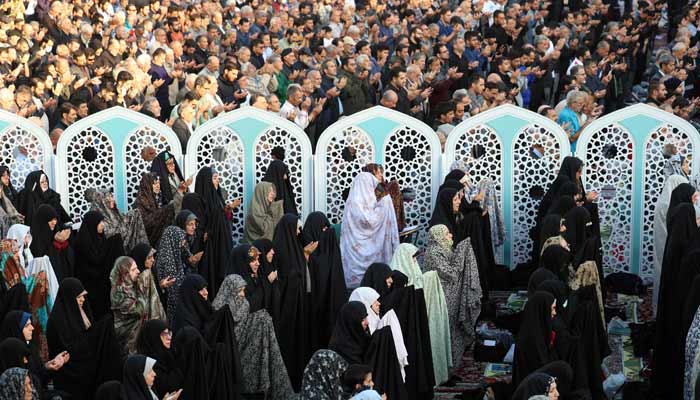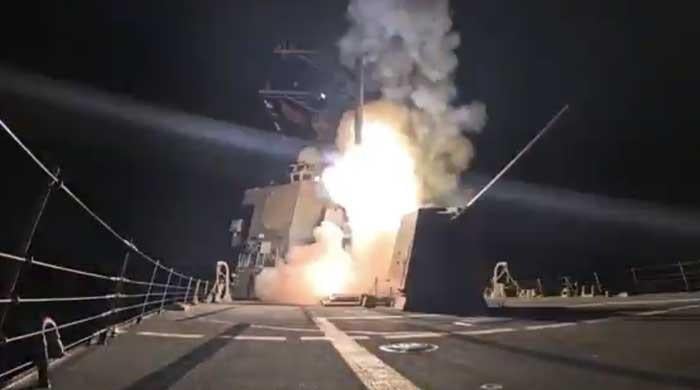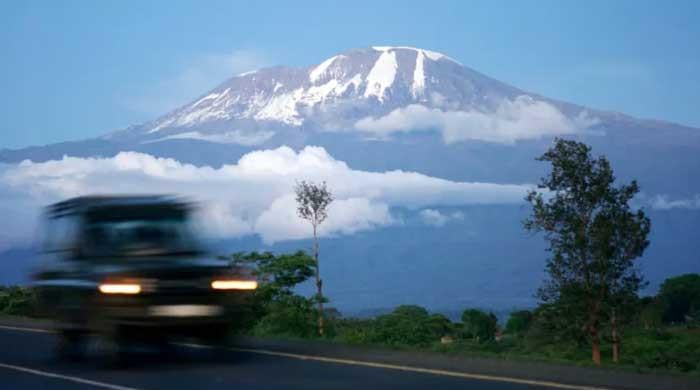Hundreds in Tehran pray for rain as Iran battles drought
Out of five major dams, one turns empty, other at less than 8% of capacity, say officials
November 14, 2025

Hundreds of people gathered on Friday at a mosque in northern Tehran to pray for rain, with Iran gripped by one of its worst droughts in decades.
Rainfall in the capital has this year been at its lowest level in a century, local officials say, and half of Iran’s provinces have not seen a drop in months.
Faced with water shortages, the government has decided to cut off water supplies periodically to Tehran’s 10-million-strong population to limit consumption.
On Friday, men and women gathered at the Emamzadeh Saleh mosque in the Iranian capital and said a special prayer to implore God for rain.
Tehran nestles on the southern slopes of the Alborz mountains and has hot, dry summers usually relieved by autumn rains and winter snowfall.
The mountain peaks, usually already covered in snow at this time of year, are still dry.
Tehran is by far the country’s biggest city and its inhabitants use three million cubic metres of water per day, according to local media.
Last week, President Masoud Pezeshkian cautioned that without rainfall before winter, Tehran could face evacuation, though he did not elaborate.
The government later explained that Pezeshkian had only wanted to alert residents that the situation was serious and was not presenting a concrete plan.
Of the five major dams supplying drinking water in the capital, one is empty and another is at less than 8% of capacity, officials say.
The situation in the rest of the country is hardly any better. Local media reported that Iran’s precipitation level this year has reached just 152 millimetres, a 40% decline compared to the 57-year average.









